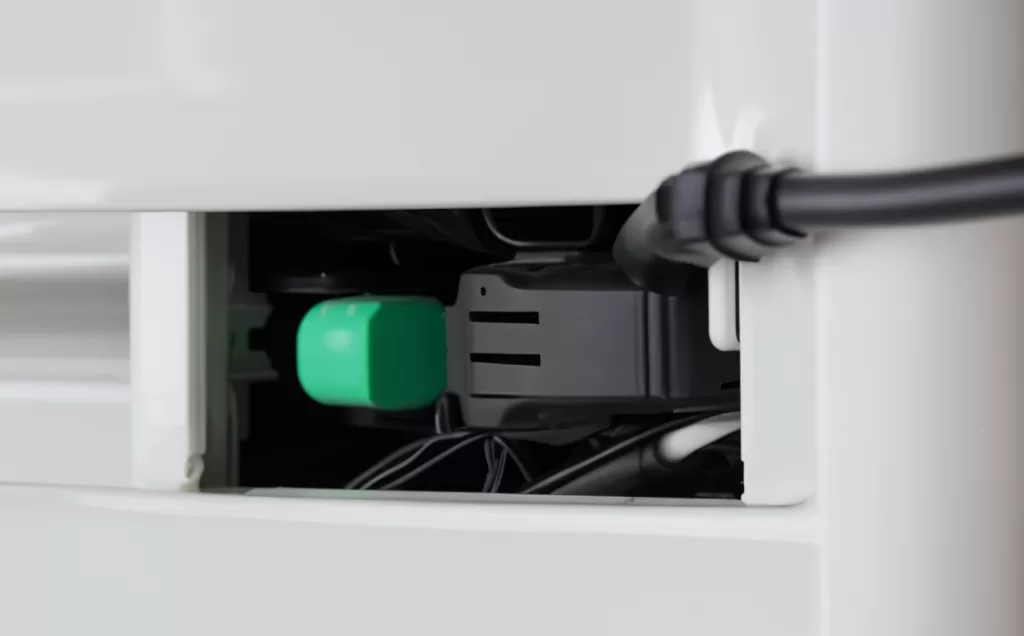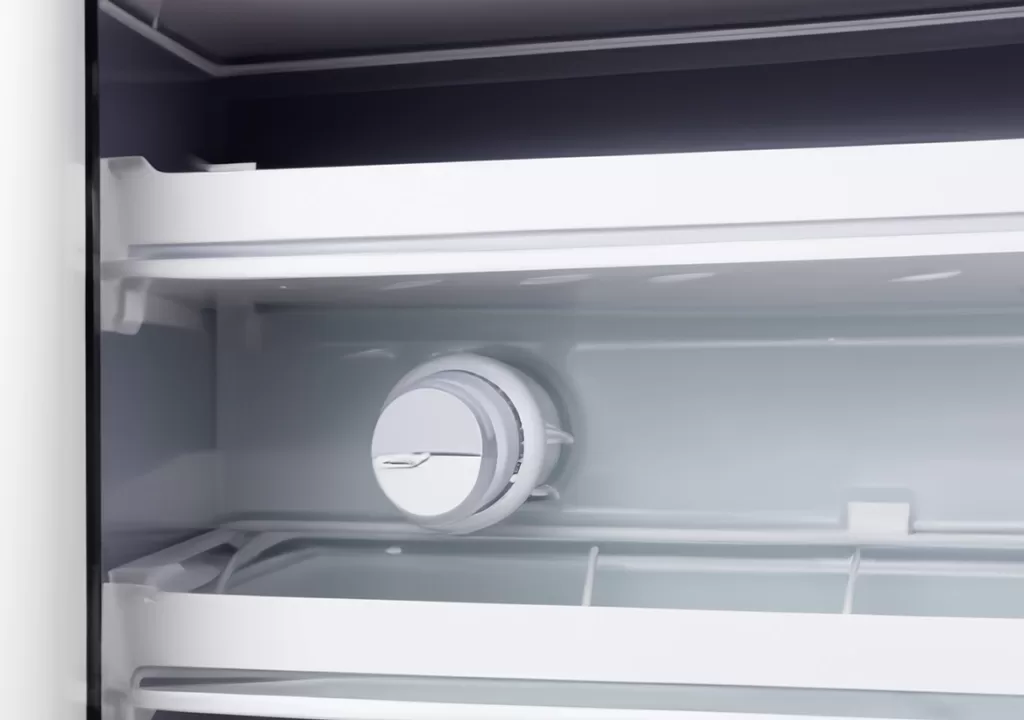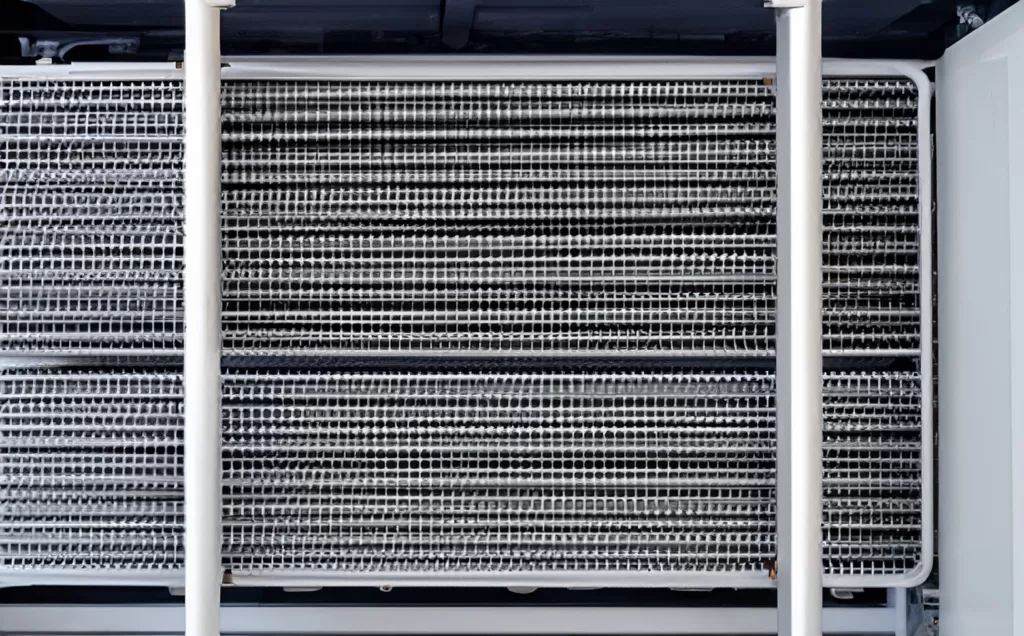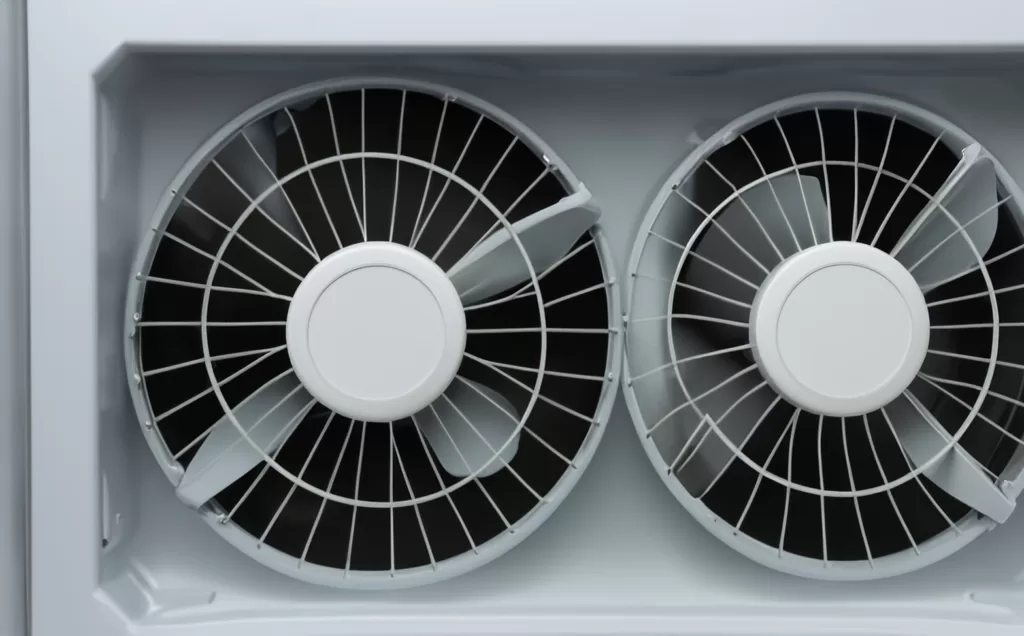A refrigerator is one of the most important appliances in our kitchen that we rely on heavily to keep our food fresh. But what happens when it stops cooling? Don’t panic, there are a few things you can do to troubleshoot the problem at home before calling a professional to carry out a refrigerator repair.

Check the Power Source
The first and foremost step to take when your refrigerator stops cooling is to check if it is receiving power. Check if the outlet is properly functioning by plugging in another appliance and see if it is working. Sometimes, the refrigerator may have come unplugged accidentally or the circuit breaker may have tripped, so checking the power source is a good starting point.

Check the Temperature Settings
The temperature settings of the refrigerator could be accidentally changed either by you or someone else in the household. Check if the thermostat is set to the recommended temperature range which is between 37℉ and 40℉. Adjust the temperature settings to normal, and it should begin to cool in a few minutes. The temperature control dial is usually located inside the refrigerator, so make sure it is set correctly.

Check the Condenser Coils
The condenser coils are responsible for cooling the refrigerator and remove excess heat from the unit. Condenser coils are located at the bottom or back of the refrigerator and can become dirty or clogged with dust, reducing the cooling efficiency. Over time, dust and debris can accumulate on the coils, preventing them from dissipating heat properly. To clean the condenser coils, first, unplug the refrigerator, then remove the grill or panel covering the coils. Use a vacuum cleaner or a soft brush to gently clean the coils and remove any dust or debris. Once the coils are clean, replace the grill or panel and plug the refrigerator back in. Cleaning the condenser coils should be done at least once a year to prevent cooling issues.

Check the Evaporator Fan
The evaporator fan is located inside the freezer compartment of the refrigerator and is responsible for circulating the cold air from the evaporator coils to the rest of the unit. If the evaporator fan is not working properly, the refrigerator may not cool effectively. Open the freezer door and listen for the sound of the fan running. If you don’t hear it, the fan may be faulty or blocked. Check for any obstructions that may be blocking the fan blades and remove them if necessary. If the fan is still not working, it may need to be replaced.
Check the Door Seals
If the refrigerator door seals are cracked or damaged, warm air may enter the unit causing it to work harder to cool. Make sure the door seals are intact, clean, and in good working condition. Inspect the door seals for any signs of wear or damage. You can also perform a simple test to check the seal’s effectiveness. Close the door on a dollar bill and try to pull it out. If the bill can be easily removed, it might be time to replace the door seals. Damaged door seals should be replaced promptly to ensure the refrigerator can cool efficiently.
Check for Frost Buildup
Excessive frost buildup in the freezer can restrict airflow and prevent the refrigerator from cooling properly. If you notice a thick layer of frost on the walls or around the freezer vents, it’s a sign that there is a problem with the defrost system. The defrost system is responsible for melting the frost on the evaporator coils to maintain proper airflow. If the defrost system is not functioning correctly, the frost will continue to accumulate and cause cooling issues. One common cause of defrost system failure is a faulty defrost timer, which controls the defrost cycle. If you suspect a problem with the defrost system, it is recommended to consult a professional technician for diagnosis and repair.
Conclusion
If the above steps do not work, it’s time to call a professional to diagnose and carry out the necessary refrigerator repair. By performing routine maintenance and checking for the above issues, you can save your hard-earned money on unwanted repairs. Always remember to unplug your unit before taking the next step and have a better understanding of the problem before contacting a repair service.
Refrigerator repair can be expensive, and nobody wants to pay for a repair that could have been avoided by basic maintenance steps. That’s why it’s important to troubleshoot and fix the potential problems by yourself if possible before calling a professional. With the above steps applied, you can easily determine whether your refrigerator is experiencing a minor problem or a major one that requires a technician’s assistance.
One of the first things to check when your fridge is not cooling is the power source. Many homeowners call a repairman, only to find that the issue was far less complicated than previously thought. It is also reasonable to verify the thermostat first before contacting your service provider. Incorrect temperature settings may be the source of the problem, causing your refrigerator to become warmer than it should.
Another common issue with refrigerators is dirty or obstructed condenser coils. These coils remove excess heat from the cabinet, assisting the fridge in staying cool. If the coils become clogged with dust or debris, they will not function effectively and will cause your unit to malfunction. To keep your refrigerator running well, be sure to clean these coils regularly.
The evaporator fan is responsible for circulating the cold air produced by the evaporator coils throughout the refrigerator. If the fan is not functioning properly, there will be poor airflow, resulting in inadequate cooling. You can check if the evaporator fan is working by opening the freezer compartment and listening for the sound of the fan running. If the fan is not running, there may be an issue with the fan motor or it may be blocked by ice or debris. In such cases, it is advisable to seek professional help to address the problem.
The door seals are the last item you should test. The unit must maintain a particular temperature, and warm air must not enter the fridge, or it will even work harder to keep food cold if the door seals are compromised. Also, close the door on a dollar bill, and if it easily slides out, the seals are missing. If the test shows that the door seals are damaged, please seek customer service support.
In some cases, excessive frost buildup in the freezer can restrict airflow and prevent the refrigerator from cooling properly. This can be caused by a faulty defrost system, such as a defective defrost timer or a malfunctioning defrost heater. If you notice a thick layer of frost on the walls or vents of the freezer, it is recommended to consult a professional technician who can diagnose and fix the issue.
In conclusion, refrigerator repair can be time-consuming, and it can be frustrating to pay hundreds or thousands of dollars to repair a single item when basic maintenance and regular checkups can solve the problem. A few moments of inspection and routine maintenance every few weeks will help you avoid unforeseen breakdowns. When troubleshooting fails satisfy your maintenance requirements, call your trusted provider, and get the job done in no time. With proper care and proactive attention, your refrigerator will continue to cool effectively and keep your food fresh for years to come.